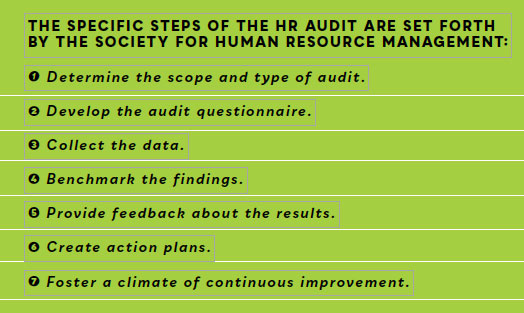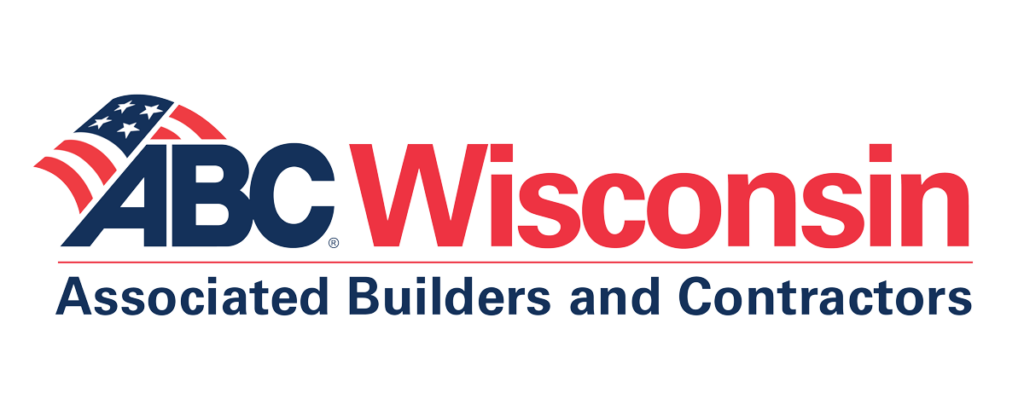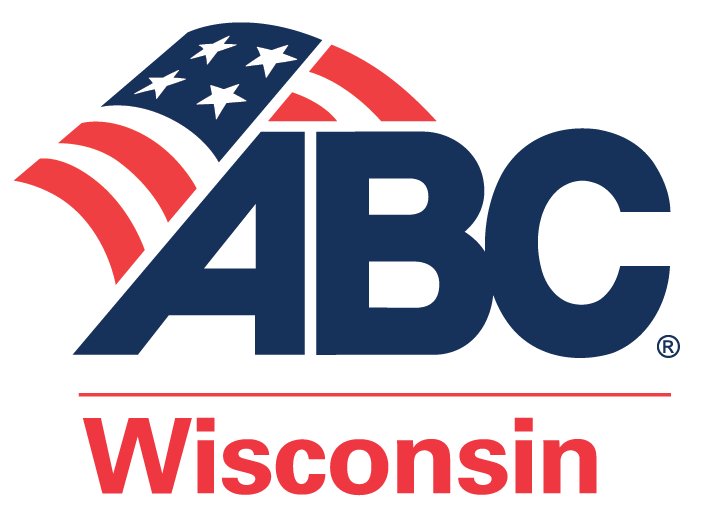INTIMIDATING? YES, BUT AN EFFECTIVE AUDIT HAS ITS REWARDS
By Kate Schieldt, ABC of Wisconsin Director of Human Resource Member Services
When one thinks of a human resource (HR) Audit it usually gets a response such as, “That sounds expensive,” “We don’t have the time,” or, “Will it be worth the investment?”
Any type of audit can be intimidating, but let’s look at an HR audit, the types of audits, and the benefits of conducting an audit. The purpose of an HR audit is to take an in-depth look at your HR function and assess the level of compliance and effectiveness of policies, procedures and programs. HR faces an ever-changing and complex regulatory environment, a competitive job market, and pressure to offer best practices in establishing best places of work. The audit helps in identifying regulatory gaps, out-of-date and/or inconsistent policies and practices, areas of best practice opportunities and strategic alignment. There are several different types of HR audits. An HR audit can be structured to be either comprehensive or specifically focused, within constraints of concerns, time, budgets and staff. Each audit type is designed to accomplish different objectives. Information from the Society of Human Resource Management (SHRM) provides information of types of audits.
COMPLIANCE: Focuses on how well the organization is following federal, state and local regulations. This audit generally consists of an evaluation of an organization’s operation HR policies, practices and processes (e.g. recruiting, on-boarding, compensation, benefits, performance management, employee relations, training and development). It also will look at HR indicators that may signify areas to further analyze (e.g. turnover, absentee-ism, employee satisfaction, employee complaints, number of legal complaints). The benefits of conducting this type of audit is to understand a company’s strengths, weaknesses and vulnerable compliance areas.
BEST PRACTICES: Helps an organization maintain or improve a competitive edge by comparing its policies, benefits and other practices with those companies identified as having exceptional human resources and benefits practices. This can provide information as to practices that have an influence on culture, strategy, talent acquisition and retention.
STRATEGIC: Focuses on the HR department’s policies, programs and strategy to determine whether there is alignment within the HR department and the organization’s strategic plan. HR practices can help, hinder, or have little impact on the business goals of the organization. This focus can define the strengths and weaknesses and consider opportunities to more effectively and efficiently align with the organization’s strategy.
FUNCTION-SPECIFIC: Focus will be on a specific HR function (e.g. I-9’s, file management, records retention, performance management). There may be a specific area of focus needed to assure compliance and the function is meeting the proper standards. In determining what type of audit to conduct, an organization must look within and be open and honest on need. You may be a smaller organization, or an organization that has experienced rapid growth and needs to “catch up,” a large organization wanting a third-party review, or perhaps the human resource responsibility has fallen on several people and not sure if completeness, compliance and consistency if where it should be. Regardless of the reason, an in-depth look at your HR function can aid in risk mitigation, assist in defining the priorities of the changes, and advance the effectiveness of your department. Any audit can be a laborious and an intensely focused project. It can require a review of all policies and procedures, require a review of numerous documents, discussion with staff and (employees and managers) from any department. The benefit of doing the audit is risk mitigation, positive workplace environment, regulatory environment and strategy alignment. In looking at risk mitigation, many lawsuits are related to hiring, discipline, employee discrimination, discipline, wrongful termination, and performance management. There are also additional risks that should be considered an audit.
WAGE AND HOUR COMPLIANCE: This can include, but is not limited to misclassification of exempt and non-exempt positions, pay equity, and off the clock work for non-exempt employees.
The purpose of an HR audit is to take an in-depth look at your HR function and assess the level of compliance and effectiveness of policies, procedures and programs.

PERSONNEL FILES: Improper document storage in the personnel file can be in violation of regulatory standards. For example: personal health information may be in the personnel file despite medical privacy law requiring personal health information kept in a separate file. Inadequate documentation of performance, discipline and/or terminations (e.g. vague, non-documented or inconsistent actions). Performance evaluations may have inappropriate information, ambiguous, inaccurate or outdated.
I-9 FORMS: Mistakes, missing or incomplete forms, late completion of forms.
PROHIBITED ATTENDANCE POLICIES: Controlling attendance can be important, but there are complex regulations (both state and federal) that have attendance protections that must be considered when formulating attendance polices. It is very important that executive management is fully engaged and supportive of an audit and its findings to provide support and influence in making the necessary changes. Once a decision is made to conduct an audit, the organization must decide as to who will perform the audit. An in-house HR team can perform the audit if they have the expertise, experience, willingness and objectivity to complete the audit. Other options are to hire an outside consultant or attorney. If an audit is conducted with internal resources or with an outside consultant, everything connected with the audit can be subjected to discovery in litigation relating to employment practices. If an organization has concern about this, they should discuss this with their legal counsel.
Putting the information learned into action is important!
THE SPECIFIC STEPS OF THE HR AUDIT ARE SET FORTH BY THE SOCIETY FOR HUMAN RESOURCE MANAGEMENT:
Determine the scope and type of audit. If there has never been an audit completed and there is concern that you may be out of compliance you may want to consider a full audit. If the concern is regarding a certain area you may want to only audit that area. It is very important to closely define the scope and type of audit the organization wishes to complete.
Develop the audit questionnaire. This questionnaire is a comprehensive list of all areas to be reviewed in a specific area. Time and resources will be needed to develop this comprehensive questionnaire to assure all areas will be reviewed in the audit. This will be a key document to assure a comprehensive review. Gathering of information can also include, employee interviews, observations, file reviews, or anything else deemed important and necessary.
Benchmark the findings. The information gathered should be benchmarked against similarly situated organizations or internal benchmarks.
Provide feedback about the results. A detailed and complete report of the findings. This can include strengths and weakness, compliance issues, opportunities, and impact or potential impact on the organization.
Create action plans. Putting the information learned into action is important. Recommendations can spark discussion on how to manage findings. In the end, an action plan(s) with assignment of responsibilities should be completed.
Foster a climate of continuous improvement. Follow-up on the action plans is an important step to ensure effectiveness. An organization may have repeat audits, spot audits, or other defined measurements to assure success of action plans and adjust if necessary.
Another approach from SHRM is to designate someone on staff (or an outside consultant) to monitor legal developments to ensure that HR policies and practices are kept current. Likewise, organization should keep track of the audit findings and changes made, turnover, complaints filed, complaint issues and employee survey results to identify trends in the organization’s employment-related issues. Identifying problematic issues, growth areas or declining problem spots can help in the decision of where to allocate time, money and preventive training.












